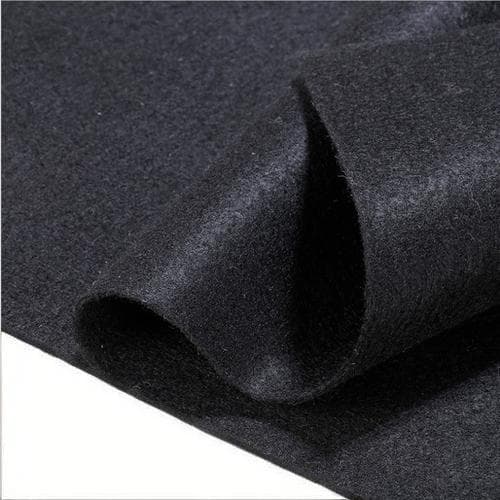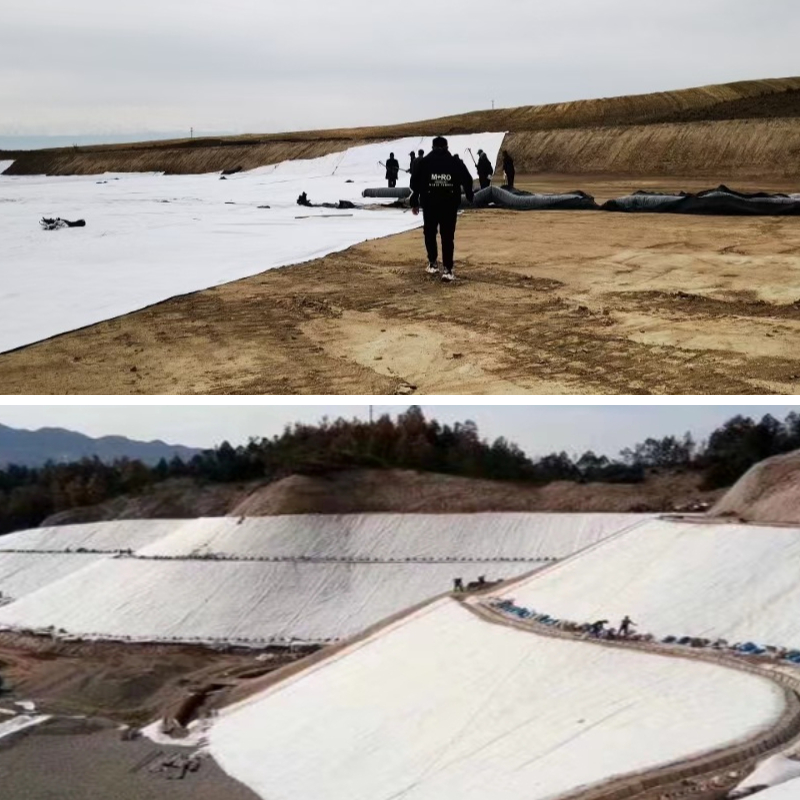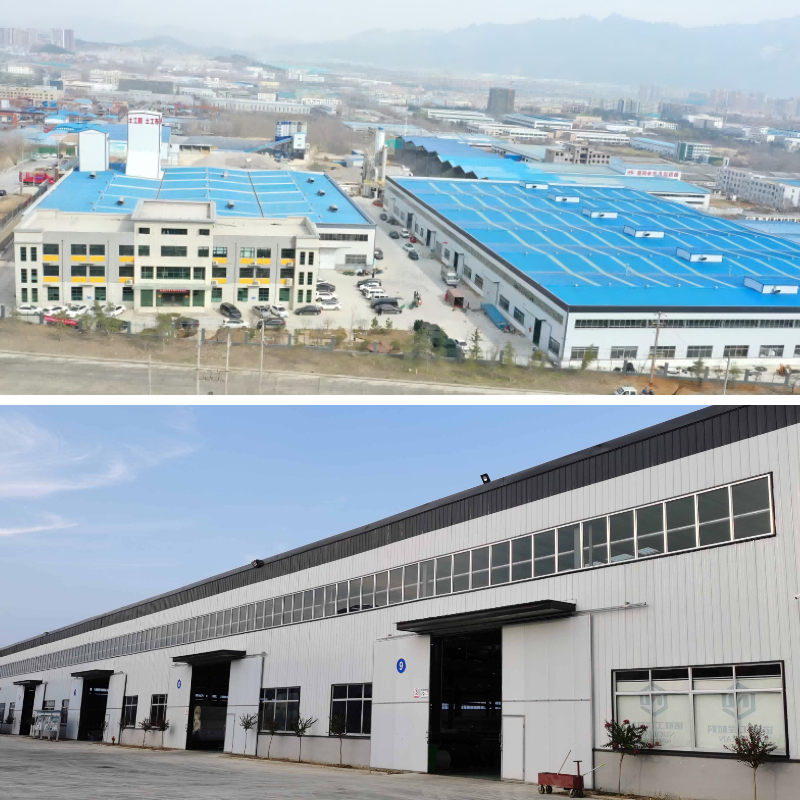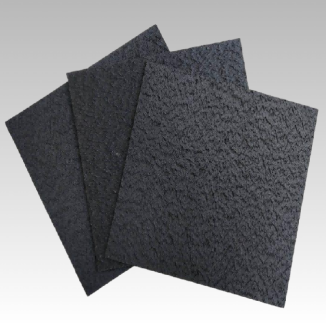Geotextile Non Woven Filter Fabric
1、 Filter well, stabilize the project:The fiber interwoven structure can block soil and drain water, avoiding deformation of roadbeds and dams due to water accumulation, and is suitable for places with heavy rain or groundwater.
2、 Strong resilience and long-lasting use:High raw material strength, tensile, tear resistant, and aging resistant, not afraid of soil pressure, friction, and sun exposure, requiring minimal maintenance and having a long lifespan.
3、 Permeable and breathable, with a wide range of scenes:More flexible than traditional sealing materials, it prevents plant root rot during greening, and the landfill can adjust the leachate to adapt to various scenarios.
4、 Low cost, high cost-effectiveness:Production saves raw materials, construction is light and easy to cut, paving is fast, labor and material waste are minimal, and quality and cost savings are taken into account.
Product Introduction
1、 Basic attributes
Geotextile Non Woven Filter Fabric is a non-woven fabric structure made from high-strength fibers through special processes; Light texture, good flexibility, and can be flexibly cut according to needs; It has anti-aging and anti friction properties, and can adapt to outdoor environments such as soil pressure and sun exposure.
2、 Core functions
Filtering and drainage: By using a fiber interwoven structure to achieve "soil interception and permeability", soil particles are intercepted to prevent loss, and accumulated water is discharged to avoid deformation of roadbeds, dams, and other engineering projects;
Auxiliary adaptation: The permeable and breathable characteristics can adjust the environmental humidity, such as preventing plant root rot in green scenes, assisting leachate discharge in landfills, and adapting to various engineering needs.
3、 Main features
Strong practicality: no need for frequent maintenance, long service life, can reduce the cost of later engineering repairs;
High cost-effectiveness: High utilization of raw materials during the production stage, convenient laying during construction, low labor costs, and a balance between quality and economy;
Flexible Scenarios: Suitable for large-scale projects such as roadbeds and dams, as well as for landscaping, garbage disposal, and other scenarios, with a wide range of adaptability.
Product Parameters
project | metric | ||||||||||
Nominal strength/(kN/m) | |||||||||||
6 | 9 | 12 | 18 | 24 | 30 | 36 | 48 | 54 | |||
1 | Longitudinal and transverse tensile strength / (kN/m) ≥ | 6 | 9 | 12 | 18 | 24 | 30 | 36 | 48 | 54 | |
2 | Maximum elongation at maximum load in longitudinal and transverse directions/% | 30~80 | |||||||||
3 | CBR top penetration strength /kN ≥ | 0.9 | 1.6 | 1.9 | 2.9 | 3.9 | 5.3 | 6.4 | 7.9 | 8.5 | |
4 | Longitudinal and transverse tearing strength /kN | 0.15 | 0.22 | 0.29 | 0.43 | 0.57 | 0.71 | 0.83 | 1.1 | 1.25 | |
5 | Equivalent aperture O.90(O95)/mm | 0.05~0.30 | |||||||||
6 | Vertical permeability coefficient/(cm/s) | K× (10-¹~10-), where K=1.0~9.9 | |||||||||
7 | Width deviation rate /% ≥ | -0.5 | |||||||||
8 | Unit area mass deviation rate /% ≥ | -5 | |||||||||
9 | Thickness deviation rate /% ≥ | -10 | |||||||||
10 | Thickness coefficient of variation (CV)/% ≤ | 10 | |||||||||
11 | Dynamic perforation | Puncture hole diameter/mm ≤ | 37 | 33 | 27 | 20 | 17 | 14 | 11 | 9 | 7 |
12 | Longitudinal and transverse fracture strength (grab method)/kN ≥ | 0.3 | 0.5 | 0.7 | 1.1 | 1.4 | 1.9 | 2.4 | 3 | 3.5 | |
13 | Ultraviolet resistance (Xenon arc lamp method) | Longitudinal and transverse strength retention rate% ≥ | 70 | ||||||||
14 | Ultraviolet resistance (fluorescence UV lamp method) | Longitudinal and transverse strength retention rate% ≥ | 80 | ||||||||
Product Application
1、 In the field of civil engineering
Roadbed and pavement engineering: laid between the soil layers of the roadbed, with the function of "blocking soil and permeability", intercepting soil particles to prevent roadbed settlement, while discharging rainwater or groundwater to avoid cracking and overturning of the pavement due to accumulated water, and improving the service life of the road;
Dams and hydraulic engineering: used for the outer side of the anti-seepage layer of dams or river slope protection. It can filter sediment in water bodies, prevent soil erosion of dams, and discharge accumulated water inside the dam body, reducing the pressure on the dam body and lowering the risk of dam failure.
2、 Greening and Ecological Field
Landscape greening and roof greening: laid under the planting soil, can filter excess water, prevent plant roots from accumulating water and rotting, while maintaining soil permeability and promoting root growth; It can also prevent the loss of planting soil with rainwater and protect the soil structure of green areas;
Slope ecological restoration: Laying on the soil surface of exposed slopes, combined with vegetation planting, can not only fix the soil and prevent soil erosion, but also provide suitable humidity for vegetation growth through permeability characteristics, helping to restore slope ecology.
3、 Environmental Protection and Waste Management Field
Landfill site: As a filtration layer for leachate, it is laid at the bottom and sides of the landfill area, which can filter impurities and suspended solids in the leachate, reduce pollution to groundwater, and assist in leachate collection and discharge, improving the environmental treatment efficiency of the landfill site;
Wastewater treatment plant: used as a filtering auxiliary layer for sedimentation tanks and filters, which can intercept solid particles in wastewater, improve wastewater filtration efficiency, reduce losses of subsequent treatment equipment, and ensure stable operation of the wastewater treatment system.
Geotextile non-woven filter fabric, with its core characteristics of "soil blocking and water permeability, stable protection", is widely suitable for the three core fields of civil engineering, ecological greening, and environmental protection treatment. In practical applications, it can not only solve safety problems such as settlement and dam failure in engineering construction, but also assist in ecological restoration and environmental governance, providing practical solutions for "preventing loss, promoting stability, and reducing losses" in different scenarios. It is a key auxiliary material for improving engineering quality and protecting the ecological environment.











